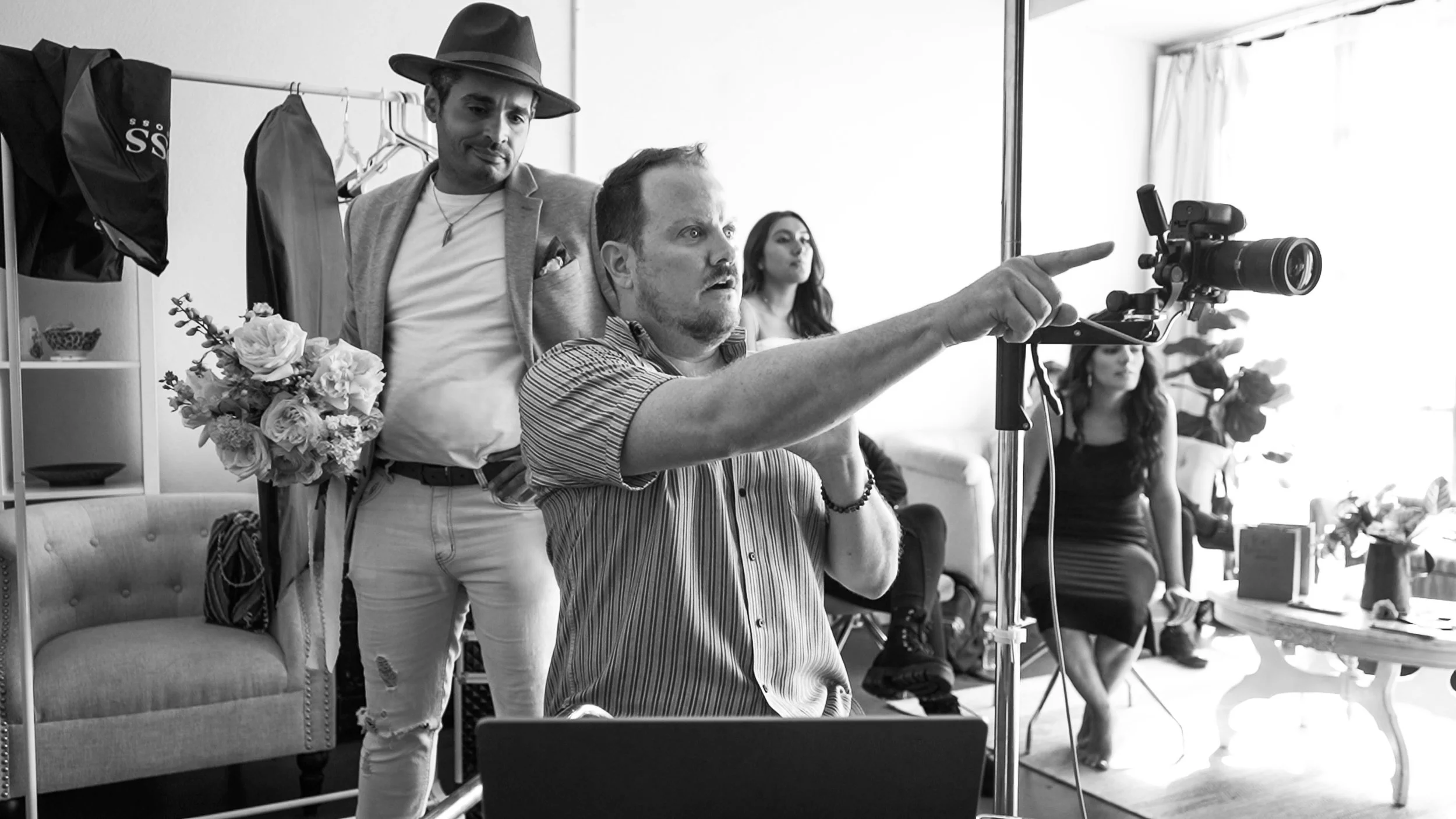Behind The Lens With Dan Austin
The Lakelander
Dan Austin has been producing stunning photos for The Lakelander as long as the magazine has been around—for more than a decade. He brings a well-trained eye, a love for people and a strong collaborative spirit to the table to plan and execute high level shoots of some of the brightest and finest people, businesses, organizations and products in our community. Lakelander Creative Director, and one of Dan’s best friends and colleagues, Jon Sierra recently sat down with Dan after the two partnered to create this issue’s featured style spread
The Lakelander
Dan, your work is super diverse and ranges from different styles and different aesthetics. How do you work with your clients? How do you start the process and find that idea that is best for what they're envisioning?
Dan
I think what’s most important is the relationship with the client. I always try to open up with a conversation to get to know the client and know what they are looking for—and a lot of times they don't know what they're looking for, so I have to kind of fill in the blanks. What helps for me is that growing up I was just kind of naturally drawn to style and fashion and framing pictures.
The Lakelander
You have a really definitive style. If I saw a photo and compared it to another person, I would know it was you all day. I feel like you've taken time to carve out your style from job to job, even as different as they may be. How do you keep that cohesiveness?
Dan
I didn’t know I did. [laughs] I kind of organically just know what I want. And this ties back to the question before…the relationship with the client, it all ties into it because when you talk to them—whether it's a headshot or it's an album cover or it's an editorial piece or it's a commercial piece—I just always take it back to what would I want to see? I always want someone to feel their best and look their best. I've always naturally just been able to listen and make that happen.
A quote that I live by is “Know who you are and deliver it at all times.” It's something that I take with me everytime I step into a new project.It's a collaborative effort. You have to talk about every detail from lighting to makeup. You want to make sure every angle is covered even when it's not your client's strength. This is why having a core network is important.
I think the common thread that you might see in my pictures is that I always try to push for some kind of an emotion out of people, more than what they would usually give. Whether it's the contrast, the color, the lighting that I'm working with, the shape of the model, the way their hands are falling, the way they're posed, their hair—it's all important.
The Lakelander
Another one of those common threads that I've seen is your high standard for fashion. Where does the inspiration come from?
Dan
I was a teenager in the late 90s, and I was always drawn to different styles of photography. David LaChappelle's work in Rolling Stone magazine always stood out to me. Annie Leibovitz work in Vanity Fair. Bruce Weber's raw Abercrombie and Fitch ads. I would take my mom's fashion magazines and cut them up and make collages and mood boards for future inspiration. Automatically being drawn to these things it was only a matter of time before I got my first camera and starting creating images of my own.
The Lakelander
Your attention to detail is really highlighted when you style a shoot because every detail matters when it comes to fashion. You take a lot of time to make the right decision in that regard. Tell me a little bit about why details are important to you.
Dan
I have been doing portrait photography for 20 years. Since I was a child, the details have mattered to me. I would recolor my Disney story books to match the vibrance of what I saw in the movie. If I didn't think they matched what was on TV, I would take crayons and correct the colors. I've always had an eye for that.
When you frame up your shot you already can tell in your head where you want to go. It's probably similar to singing a song before you sing it—you know how you want to sing it and you know what it needs to sound like. You may not sing it right the first time, and you may need to just do it a section at a time, but once you get the whole song together, you're like, yeah, that's it. It's the same feeling.
Some of my favorite projects have been when I collaborate with other artists, art directors, lighting technicians, and fellow photographers. It's not just about collaborating with the clients to get a great product. Larger scale projects need more people on set, more hands, more eyes on the details. I definitely think that is something unique that we have here in Lakeland—great opportunities to collaborate and work with other local artists.




